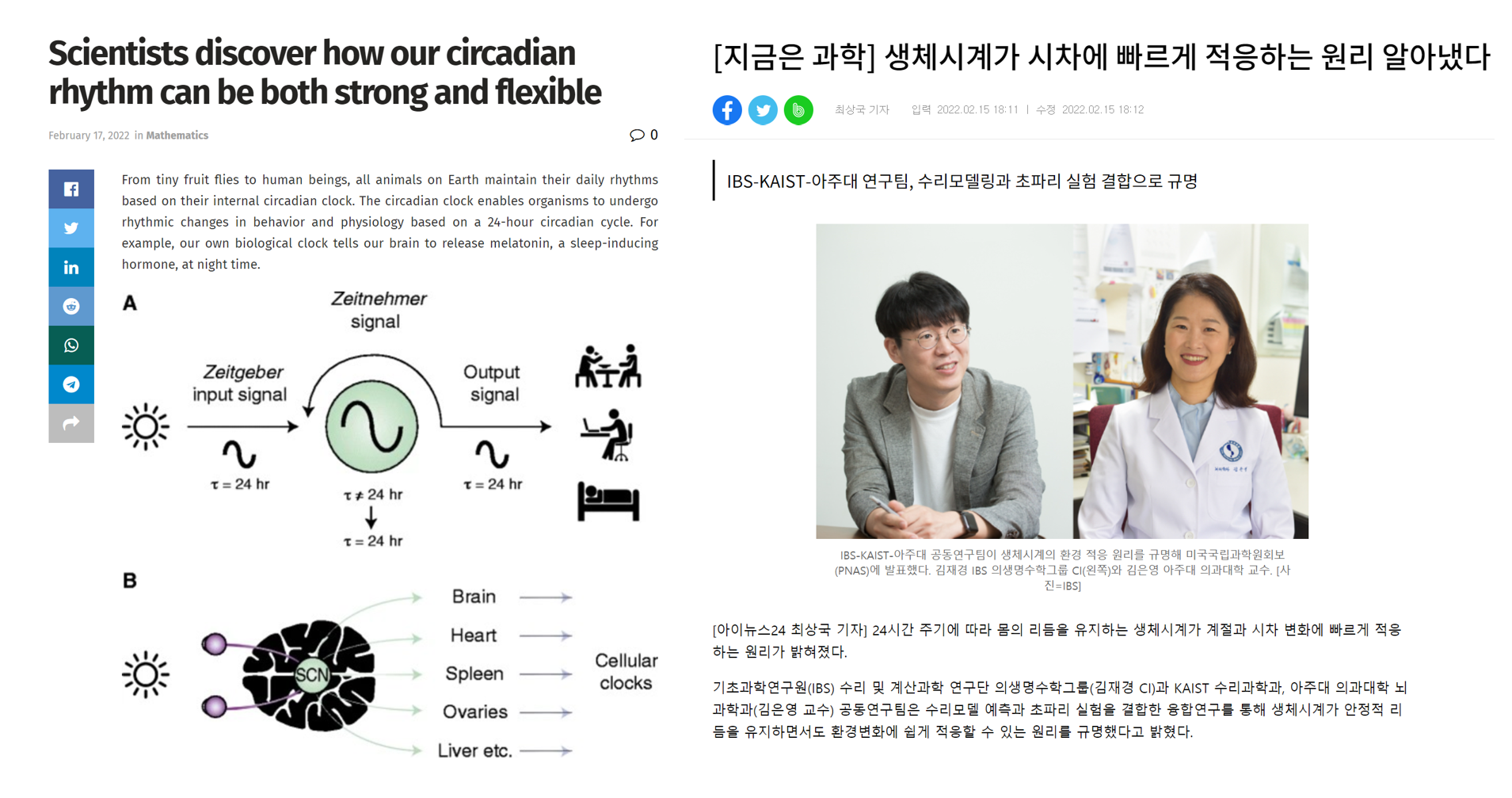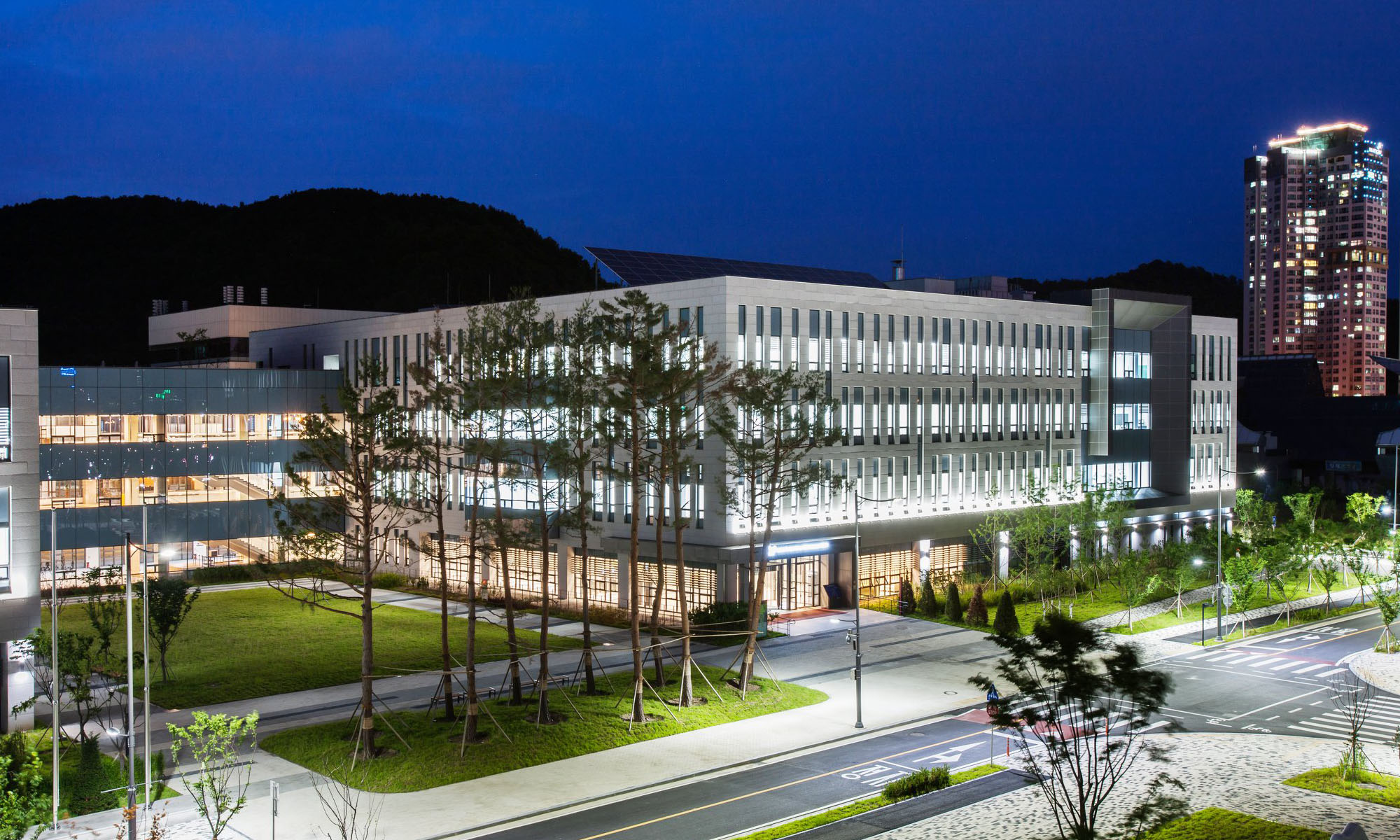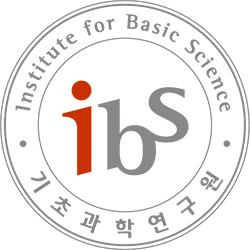Led by Prof. KIM Jae Kyoung and KIM Eun Young, researchers at the Institute for Basic Science (IBS) and Ajou University found that the master clock and the slave clock operate via different molecular mechanisms. Thanks to the distinct property of the master clock neurons, it is able to easily adapt to the new diurnal cycle.
기초과학연구원(IBS) 수리 및 계산과학 연구단 의생명수학그룹(김재경 CI)과 KAIST 수리과학과, 아주대 의과대학 뇌과학과(김은영 교수) 공동연구팀은 수리모델 예측과 초파리 실험을 결합한 융합연구를 통해 생체시계가 안정적 리듬을 유지하면서도 환경변화에 쉽게 적응할 수 있는 원리를 규명했다고 밝혔다. 연구팀은 이번 연구에서 초파리의 마스터 뉴런이 슬레이브 뉴런에 비해 PER 단백질의 합성과 분해 속도가 훨씬 빠르다는 것을 알아냈다. 또한 마스터 뉴런이 평소에는 동기화된 강한 리듬을 유지하다가 외부 환경 변화(시차)가 일어났을 때, 비동기화 되면서 리듬을 약하게 만들어 유연하게 환경 변화에 적응할 수 있음을 밝혔다.
[SCIENMAG] [아이뉴스24] – News
[논문 링크 (클릭)] – Paper


